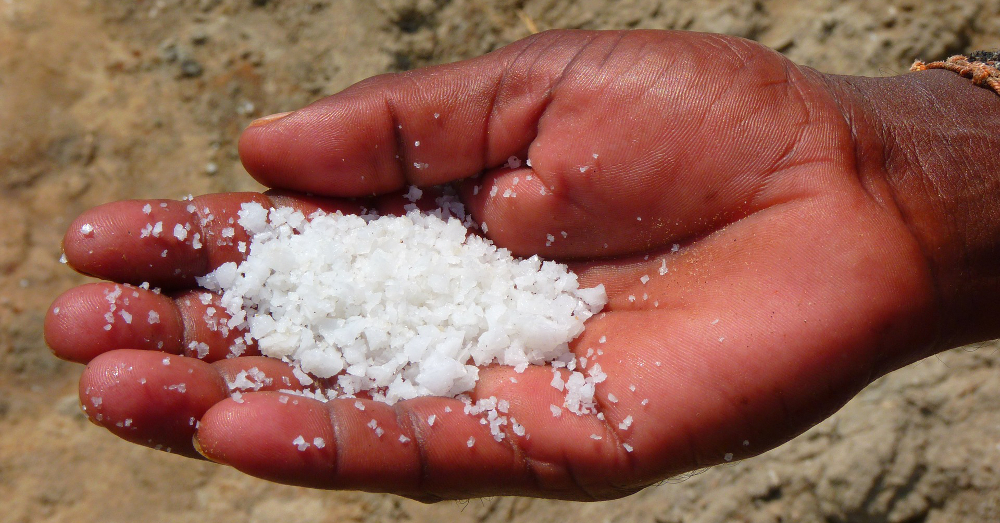
There Could Be Tiny Bits of Plastic in Your Sea Salt
Sea salt around the world has been contaminated by plastic pollution, adding to experts’ fears that microplastics are becoming ubiquitous in the environment and finding their way into the food chain via the salt in our diets.
Following recent revelations in the Guardian about levels of plastic contamination in tap water, new studies have shown that tiny particles have been found in sea salt in the UK, France and Spain, as well as China and now the U.S.
September 12, 2017 | Source: AlterNet | by Jessica Glenza, The Guardian
Some environmentalists warn the plastic pollution threat now “rivals climate change.”
Sea salt around the world has been contaminated by plastic pollution, adding to experts’ fears that microplastics are becoming ubiquitous in the environment and finding their way into the food chain via the salt in our diets.
Following recent revelations in the Guardian about levels of plastic contamination in tap water, new studies have shown that tiny particles have been found in sea salt in the UK, France and Spain, as well as China and now the U.S.
Researchers believe the majority of the contamination comes from microfibers and single-use plastics such as water bottles, items that comprise the majority of plastic waste. Up to 12.7m metric tons of plastic enters the world’s oceans every year, equivalent to dumping one garbage truck of plastic per minute into the world’s oceans, according to the United Nations.
“Not only are plastics pervasive in our society in terms of daily use, but they are pervasive in the environment,” said Sherri Mason, a professor at the State University of New York at Fredonia, who led the latest research into plastic contamination in salt. Plastics are “ubiquitous, in the air, water, the seafood we eat, the beer we drink, the salt we use—plastics are just everywhere”.
Mason collaborated with researchers at the University of Minnesota to examine microplastics in salt, beer and drinking water. Her research looked at 12 different kinds of salt (including 10 sea salts) bought from US grocery stores around the world. The Guardian received an exclusive look at the forthcoming study.
